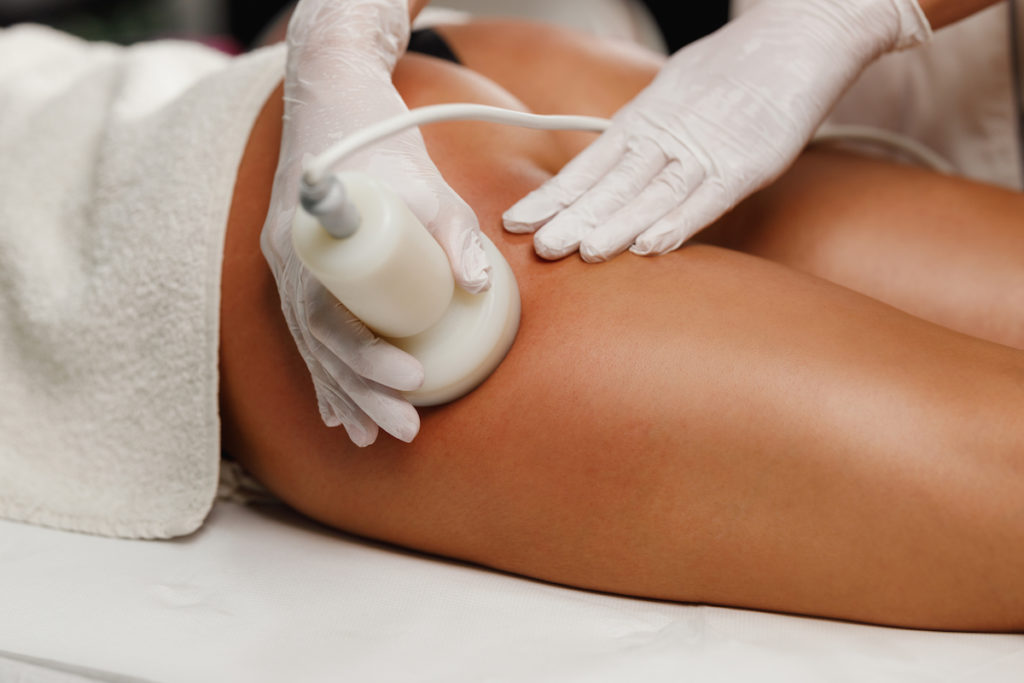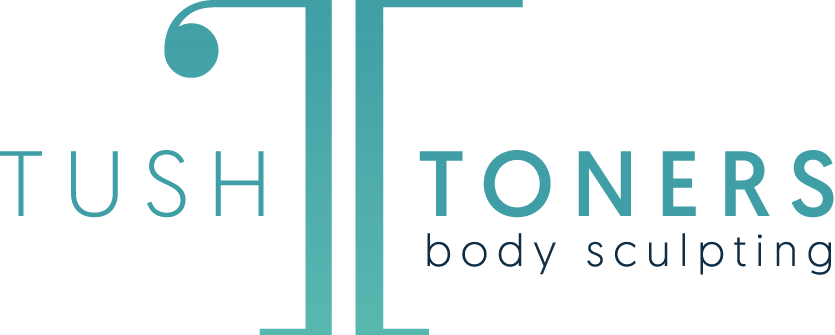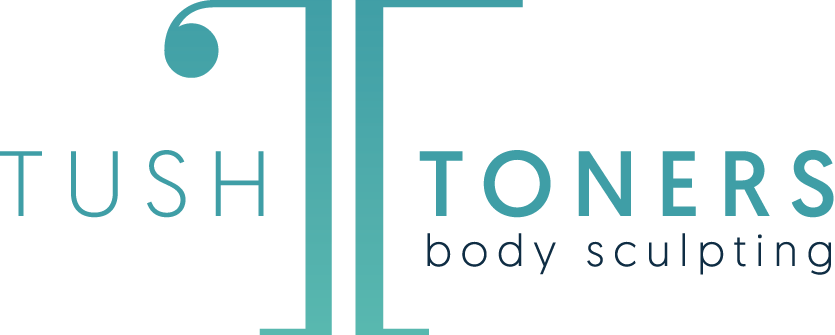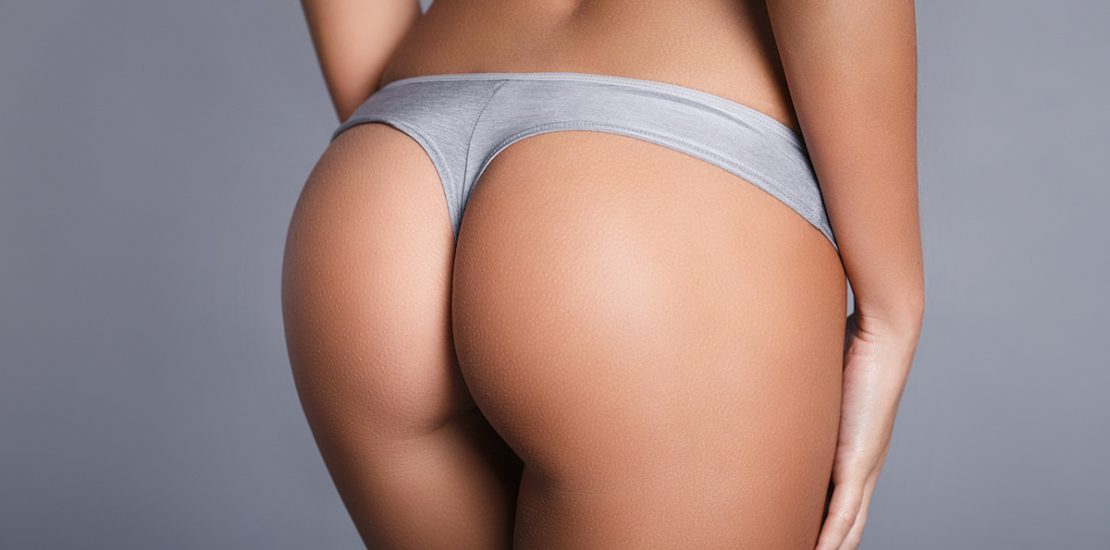
As women gain weight, the skin around the butt, thighs, and pelvis becomes uneven and dimpled. This condition is known as cellulite. When fat cells in the body increase, they push against the skin. As a result, the long connective cords are pulled down. This causes dents or dimples in the skin. The skin may appear to be loose and lumpy. It is estimated that almost 90% of women have cellulite…yet, most males do NOT have cellulite.
Even though cellulite is a common and harmless skin condition, women often get bothered by the appearance of their loose, lumpy thighs and butt. They find it embarrassing to wear short dresses and skirts because of their cellulite. However, many non-invasive treatments reduce cellulite and make the skin firm. Amongst them is the use of radiofrequency. In a scientific study, it was found that radiofrequency has a positive effect on the reduction of cellulite. The treatment was found to be safe, effective and showed “improvements in cellulite.”
RADIOFREQUENCY FOR CELLULITE REDUCTION
Devices that emit radiofrequency are becoming popular for treating cellulite. It is a non-surgical, non-invasive treatment that uses the thermal energy from pure radiofrequency to contour the body and reduce cellulite on the bottom, thighs, and abdomen.
The device that is used to emit radiofrequency depends on the appearance of the cellulite. If the skin is too loose and lumpy, the treatment may also be combined with infrared, suction, and tissue mobilization to effectively reduce cellulite and encourage collagen production.

WHAT TO EXPECT DURING YOUR SESSION
Before starting the service it’s important to see if you are an ideal candidate. Generally, an ideal candidate is no more than 30lbs over their ideal body weight and is in overall good health. Since this is NOT a medical procedure, those with severe obesity or major health conditions might consider seeking alternative treatment options. Every noninvasive treatment will have different requirements so it is important to ask and read all warning labels to identify contraindications.
Once it is determined you’re an ideal candidate for radiofrequency get ready for smoother legs!! A lubricant (gel, oil, or cream depending on the device) is applied on the skin so that the device can smoothly move around on the area. The lubricant also ensures that the radiofrequency does not cause to the skin to burn from the heat.
Specifically for the TushToners At-Home Body Sculpting Machine, or for our in-person sessions, the treatment is 45 minutes per leg. The handheld device that emits radiofrequency is moved around the affected areas. The device radiates heat, and because of this, the skin may appear a little red. Once the treatment is complete drink extra water to help get better results. Many clients see an improvement after the first session! However, it can take around 6 to 10+ sessions in total to achieve the desired effect. However, with each successive treatment, most clients will notice a reduction in the appearance of cellulite and firmer skin around the butt and thighs.
THE RESULT

As the radiofrequency is applied on the skin, it penetrates deep into the skin and works at a cellular level. The fatty cells are minimized and the excess fatty deposits in tissues begin to shrink and tighten the skin. The debris of this melted fat is naturally drained through the lymphatic system and excreted from the body.
As the fatty cells shrink the skin becomes even. Moreover, the heat energy emitted from the radiofrequency stimulates the body’s natural healing process. To heal the damaged skin cells, the body produces more collagen and elastin. This makes the skin appear firmer and tighter around the butt and thighs.
FINAL WORD
Women who have received the treatment are satisfied with the results. They highly recommend using radiofrequency for cellulite reduction. It is a safe, fast, and non-invasive procedure for cellulite reduction. So, if you are bothered by your butt dimples, you may want to consider radiofrequency for cellulite reduction.
Related Articles


How do I use a body contouring machine?



